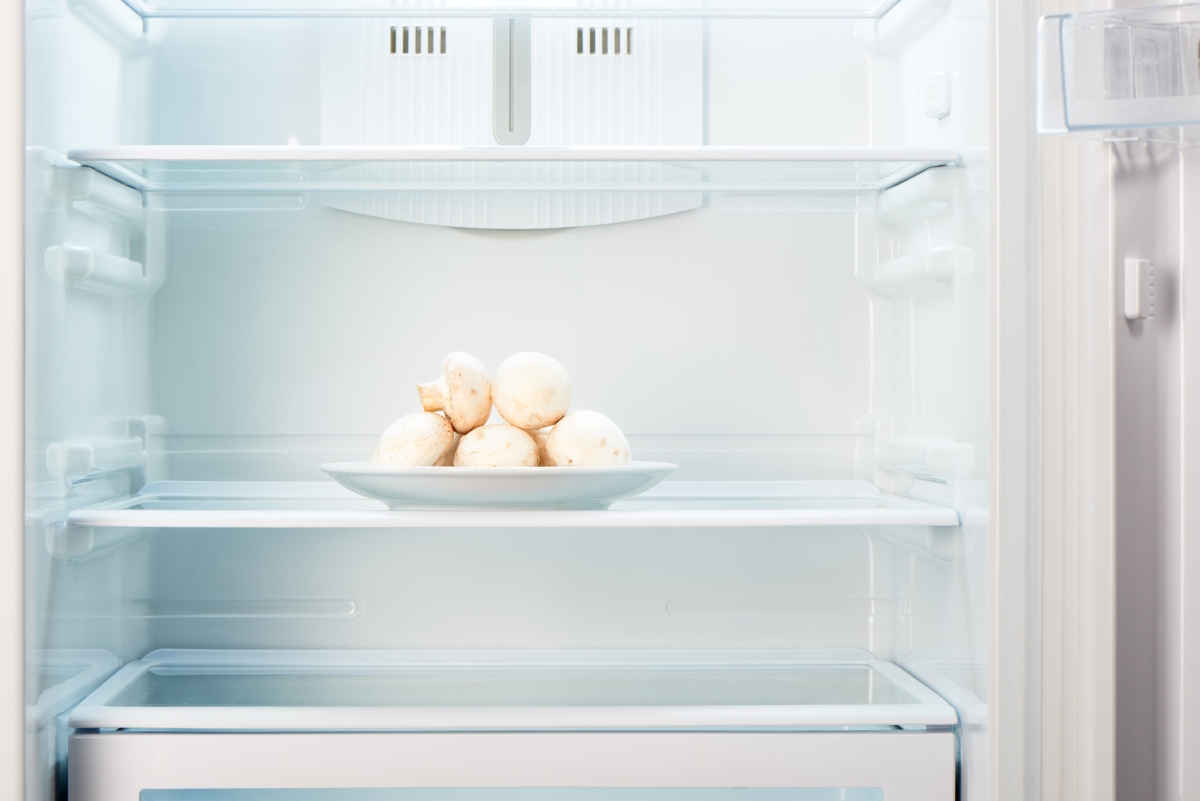

Articles
How To Store Mushrooms In Fridge
Modified: August 16, 2024
Learn the best way to store mushrooms in the fridge with this helpful article. Keep your mushrooms fresh and extend their shelf life.
(Many of the links in this article redirect to a specific reviewed product. Your purchase of these products through affiliate links helps to generate commission for Storables.com, at no extra cost. Learn more)
Introduction
When it comes to cooking with mushrooms, having fresh and flavorful ones on hand is essential. However, mushrooms have a limited shelf life and can quickly spoil if not stored properly. To ensure that your mushrooms stay fresh for as long as possible, it’s important to know how to store them in the fridge.
In this article, we’ll guide you through the process of storing mushrooms in the fridge step by step. From selecting the freshest mushrooms to choosing the right storage containers and implementing effective storage techniques, we’ve got you covered.
By following these guidelines, you can prolong the shelf life of your mushrooms and enjoy their deliciousness in various culinary creations, from sautés and stir-fries to soups and salads. So let’s dive in and discover how to keep mushrooms fresh and flavorful for longer in the refrigerator.
Key Takeaways:
- Properly storing mushrooms in breathable containers, avoiding moisture buildup, and checking for spoilage signs can extend their shelf life. Selecting fresh mushrooms and using moisture-absorbing materials are essential for optimal storage.
- To keep mushrooms fresh in the fridge, choose the right storage containers, handle them with care, and use them within recommended timeframes. Avoid washing before storage, consider drying or freezing excess mushrooms, and prioritize food safety when consuming stored mushrooms.
Read more: How To Store Sliced Mushrooms In Fridge
Step 1: Selecting Fresh Mushrooms
The first step in storing mushrooms in the fridge starts with selecting fresh ones. Choosing high-quality mushrooms is crucial for maintaining their flavor and texture during storage. Here are some tips to help you pick the best mushrooms:
- Look for mushrooms that are firm and plump, with a smooth and unblemished surface. Avoid mushrooms that are shriveled, slimy, or have spots.
- Check the stem of the mushroom. It should be firm and not mushy or slimy.
- Consider the smell of the mushrooms. They should have a mild and earthy aroma. Avoid mushrooms with a strong or unpleasant odor.
- Inspect the gills or pores underneath the mushroom cap. They should be clean and free from any dirt or debris.
- Choose mushrooms that are the right size for your recipe. While smaller mushrooms tend to have a more intense flavor, larger ones can be sliced or chopped for various dishes.
It’s important to note that different mushroom varieties have distinct characteristics and flavors. From cremini and portobello to shiitake and oyster mushrooms, each type offers its own unique taste and texture. Experiment with different varieties to discover your favorites and use them in a wide range of recipes.
Remember that fresh mushrooms are more likely to stay fresh for an extended period. So take your time and select the best-quality mushrooms available to ensure optimal storage results.
Step 2: Cleaning and Preparing Mushrooms
Before storing mushrooms in the fridge, it’s essential to clean and prepare them properly. Cleaning mushrooms removes any dirt or debris, while preparation ensures they are ready to be used in your recipes. Follow these steps to clean and prepare your mushrooms:
- Start by gently wiping the mushrooms with a damp paper towel or a soft brush to remove any dirt or grit. Avoid rinsing them under water as mushrooms tend to absorb moisture.
- If the mushrooms are particularly dirty, you can rinse them briefly under running water. However, do this quickly and pat them dry immediately with a clean kitchen towel or paper towel.
- Trim the mushroom stems if necessary. For some varieties like shiitake mushrooms, the stems can be tough and woody. Remove the stems by giving them a gentle twist or slicing them off.
- Slice or chop the mushrooms according to your recipe’s requirements. If you plan to use them whole, skip this step.
- Transfer the cleaned and prepared mushrooms to a dry surface to remove any remaining moisture. Ensure they are completely dry before proceeding to the next step.
By cleaning and preparing the mushrooms properly, you remove any potential contaminants and create a clean canvas for your culinary creations. Remember to handle the mushrooms gently to prevent bruising or damaging their delicate texture.
Now that your mushrooms are clean and ready, it’s time to move on to the next step: choosing the right storage containers for optimal mushroom freshness.
Step 3: Proper Storage Containers for Mushrooms
Choosing the right storage containers is vital to keep your mushrooms fresh and prevent them from spoiling quickly. Here are a few important considerations when selecting containers for mushroom storage:
- Opt for breathable containers: Mushrooms require proper airflow to maintain their freshness. Avoid storing them in airtight containers as this can result in moisture buildup, leading to faster spoilage. Instead, choose containers with breathable lids or use perforated storage bags.
- Use moisture-absorbing materials: To help regulate moisture levels, consider adding moisture-absorbing materials, such as a paper towel or a piece of clean cloth, to the container. These materials can help absorb excess moisture, preventing the mushrooms from becoming soggy.
- Avoid plastic bags: While plastic bags may seem like a convenient option, they can trap moisture and promote condensation, which can accelerate spoilage. It’s best to use paper bags or containers specifically designed for mushroom storage.
- Consider the size and shape: Choose containers that can accommodate the size and quantity of mushrooms you intend to store. It’s advisable to avoid overcrowding the mushrooms to allow for proper airflow.
- Label the containers: To easily identify the types of mushrooms and their storage dates, it’s helpful to label the containers. Use a marker or adhesive labels to indicate the contents and use-by date.
Remember, the goal is to find containers that strike a balance between allowing airflow and preventing excessive moisture loss. Proper storage containers will help extend the shelf life of your mushrooms and maintain their optimal texture and flavor.
Now that you have the right containers ready, let’s move on to the next step: storing whole mushrooms in the fridge.
Step 4: Storing Whole Mushrooms
If you plan to store whole mushrooms, follow these steps to ensure their freshness and quality:
- Place the mushrooms in a single layer inside the chosen storage container. Avoid overcrowding to allow for proper airflow.
- If using a breathable container, cover it with a breathable lid or loosely drape a piece of perforated plastic wrap over the top. Alternatively, you can use a paper bag that is loosely folded or closed.
- Store the container in the refrigerator’s main compartment. Avoid placing it in the crisper drawer, as the high humidity can cause moisture buildup and spoilage.
- Try to use the stored whole mushrooms within 3-5 days for optimal freshness and flavor. Over time, mushrooms can gradually lose their texture and taste.
By following these steps, your whole mushrooms will stay fresh and ready to use in a variety of dishes. Remember to check them periodically for any signs of spoilage, and if necessary, remove any mushrooms that are starting to go bad to prevent further contamination.
Now that you know how to store whole mushrooms, let’s move on to the next step: storing sliced or chopped mushrooms.
Store mushrooms in a paper bag or a loosely closed container in the fridge to allow for air circulation and prevent moisture buildup. Avoid storing them in airtight plastic bags, as this can cause them to become slimy.
Read more: How To Store Enoki Mushrooms
Step 5: Storing Sliced or Chopped Mushrooms
If you have sliced or chopped mushrooms that need to be stored, follow these steps to maintain their freshness:
- Place the sliced or chopped mushrooms in a clean and dry storage container. Ensure that the container is large enough to hold the mushrooms without overcrowding.
- If using a breathable container, cover it with a breathable lid or lightly drape a piece of perforated plastic wrap over the top. Alternatively, you can place the mushrooms in a resealable plastic bag with a few small holes punched in it for airflow.
- For added moisture control, you can place a layer of paper towel or a clean cloth on the bottom of the container before adding the mushrooms. This helps absorb excess moisture, preventing them from becoming soggy.
- Label the container with the date to keep track of the storage time.
- Store the container in the refrigerator’s main compartment, away from direct contact with cold air vents.
- Use the sliced or chopped mushrooms within 2-3 days for the best quality and taste. The smaller surface area of the cut mushrooms makes them more susceptible to moisture loss and faster spoilage.
By following these steps, you can store your sliced or chopped mushrooms properly and prolong their freshness. Always inspect them before use and discard any mushrooms that show signs of spoilage or decay.
Now that you know how to store both whole and sliced or chopped mushrooms, let’s move on to some tips for extending the shelf life of mushrooms.
Step 6: Tips for Extending Mushroom Shelf Life
To further extend the shelf life of your mushrooms and keep them fresh for longer, consider the following tips:
- Avoid washing mushrooms before storing them, as moisture can lead to quicker spoilage. Instead, wait to clean them until just before use.
- If you have excess mushrooms that you won’t be able to use before they spoil, consider preserving them by drying or freezing. Dried mushrooms can be rehydrated for future use, while frozen mushrooms can be added directly to cooked dishes.
- Keep mushrooms away from strong-smelling foods, as they can absorb odors easily. Store them separately or use odor-proof storage containers.
- Consider using silica gel packets in the storage container to help absorb excess moisture and prevent the mushrooms from becoming damp.
- Regularly check for any signs of spoilage, such as mold growth or a slimy texture. Remove any spoiled mushrooms immediately to prevent the spread of contamination to the rest of your stored mushrooms.
- Use a marker to label containers with the date of storage. This will help you keep track of when the mushrooms were stored and prioritize their use.
- If you have leftover cooked mushrooms, store them in an airtight container in the refrigerator and consume them within 2-3 days.
By following these tips, you can maximize the shelf life of your mushrooms and minimize waste. Enjoy the freshness and flavor of your mushrooms in a variety of dishes for an extended period.
Now that you’re armed with these helpful tips, let’s move on to the next step: avoiding moisture buildup during storage.
Step 7: Avoiding Moisture Buildup
Moisture buildup is one of the main factors that can cause mushrooms to spoil quickly. To prevent excess moisture and maintain the freshness of your mushrooms, follow these guidelines:
- Ensure your mushrooms are completely dry before storing them. Use a clean kitchen towel or paper towel to gently pat them dry after cleaning.
- Avoid storing mushrooms in wet or damp containers. Make sure the storage containers are clean and dry before placing the mushrooms inside.
- Avoid storing mushrooms in the crisper drawer of your refrigerator. The high humidity in this compartment can cause moisture buildup and accelerate spoilage. Instead, store them in the main refrigerator compartment.
- Consider using moisture-absorbing materials in the storage container. Place a paper towel or a piece of clean cloth at the bottom of the container to help absorb excess moisture.
- Do not wrap mushrooms tightly or in plastic wrap, as this can create a humid environment. Opt for breathable containers or perforated plastic bags that allow for proper airflow.
- Regularly check the storage containers for any signs of moisture buildup. If you notice excessive condensation, remove the mushrooms, dry the container, and replace the mushrooms with a fresh paper towel or cloth.
By preventing moisture buildup, you can maintain the optimal texture and flavor of your mushrooms, ensuring they stay fresh and delicious for longer periods.
Now that you know how to avoid moisture buildup, let’s move on to the final step: checking for spoiled mushrooms.
Step 8: Checking for Spoiled Mushrooms
Regularly checking for spoiled mushrooms is crucial to ensure that you are using safe and fresh produce in your recipes. Here are some signs to look out for when checking for spoiled mushrooms:
- Visible mold: If you see any fuzzy or discolored patches on the mushrooms, it’s a clear indication of mold growth. Discard any mushrooms with visible mold, as consuming them can be harmful.
- Slime or sliminess: Mushrooms should have a firm texture. If they feel slimy or have a slimy film, it is a sign of spoilage.
- Unpleasant odor: Fresh mushrooms have a mild, earthy aroma. If the mushrooms emit a foul or rotten smell, it’s an indication that they are no longer fresh.
- Discoloration: Mushrooms should have their natural color, whether it’s brown, white, or any other variety-specific color. If they appear dark, dull, or discolored, it could mean they are beginning to spoil.
When checking for spoiled mushrooms, it’s important to trust your senses. If anything looks or smells off, it’s best to err on the side of caution and discard them.
Regularly inspecting your mushrooms for any signs of spoilage will help ensure that you are using safe and fresh ingredients in your cooking.
With these steps, you now have a comprehensive guide on how to store mushrooms in the fridge to keep them fresh and flavorful for longer periods. By following these guidelines and implementing proper storage techniques, you can enjoy the delicious taste of mushrooms in your favorite dishes while reducing waste.
Remember, always prioritize food safety and use your best judgment when consuming stored mushrooms. Happy cooking!
Read more: How To Store Morel Mushrooms
Conclusion
Properly storing mushrooms in the fridge is essential to maintain their freshness, flavor, and quality. By following the steps outlined in this article, you can ensure that your mushrooms stay fresh and delicious for as long as possible.
From selecting fresh mushrooms to cleaning and preparing them, choosing the right storage containers, and implementing effective storage techniques, each step plays a crucial role in extending the shelf life of these delectable fungi.
Remember to choose mushrooms that are firm, plump, and free from blemishes, and handle them with care during cleaning and preparation. Opt for breathable storage containers and avoid moisture buildup to prevent spoilage. Regularly check for signs of mold, slime, unpleasant odor, or discoloration to identify any spoiled mushrooms.
By following these guidelines and utilizing the tips provided, you can reduce food waste and maximize the usage of mushrooms in your culinary creations. Whether you’re using whole mushrooms or sliced and chopped ones, proper storage techniques will help you enjoy the fresh taste and texture of mushrooms in a variety of dishes.
So, the next time you stock up on mushrooms, remember these steps and tips to store them properly in the fridge. With a little bit of care and attention, you can savor the earthy goodness of mushrooms for an extended period, elevating the taste of your meals and adding a delightful touch to your cooking.
Now that you’re equipped with the knowledge on how to store mushrooms in the fridge, go ahead and confidently embark on your culinary adventures with these versatile and flavorful fungi!
Frequently Asked Questions about How To Store Mushrooms In Fridge
Was this page helpful?
At Storables.com, we guarantee accurate and reliable information. Our content, validated by Expert Board Contributors, is crafted following stringent Editorial Policies. We're committed to providing you with well-researched, expert-backed insights for all your informational needs.
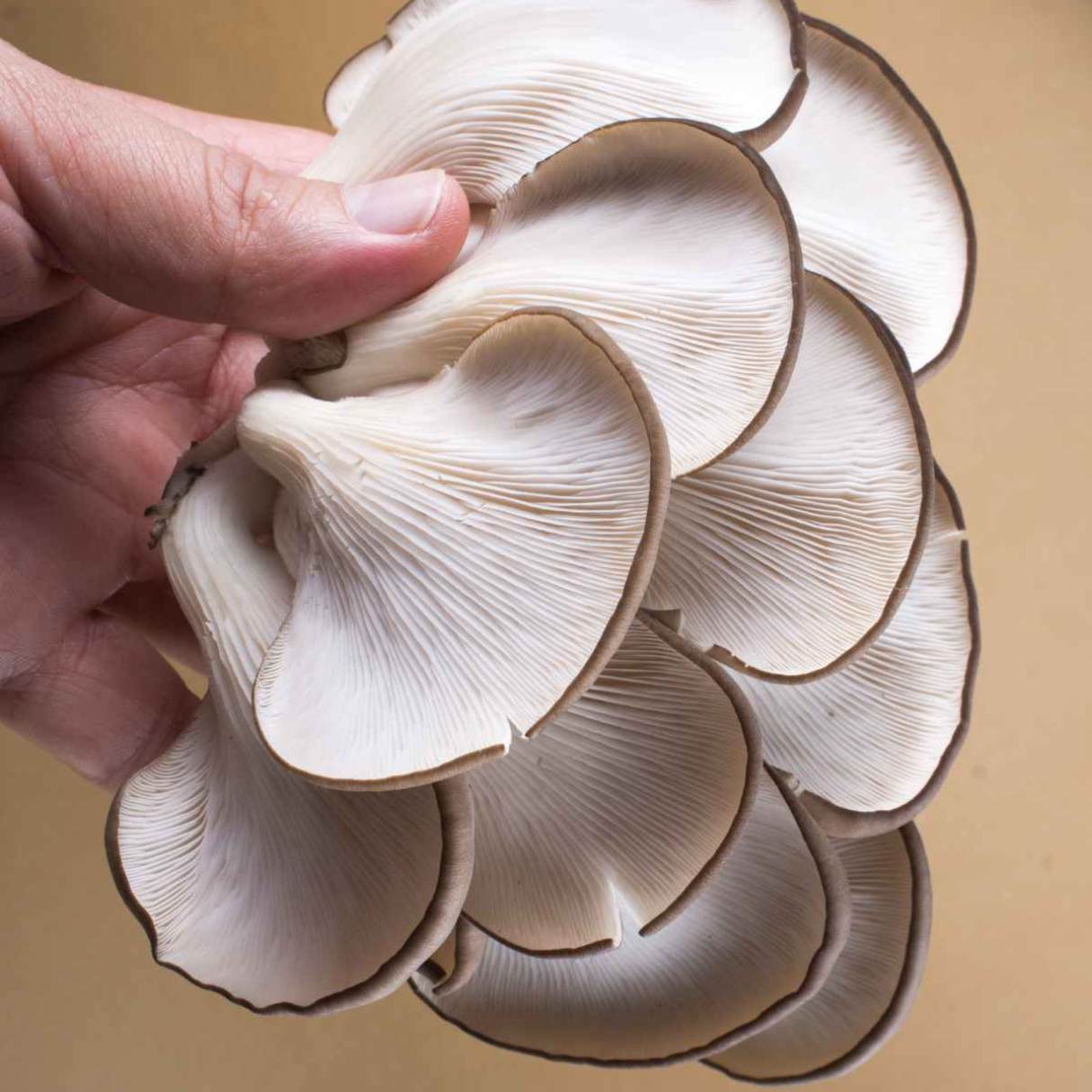
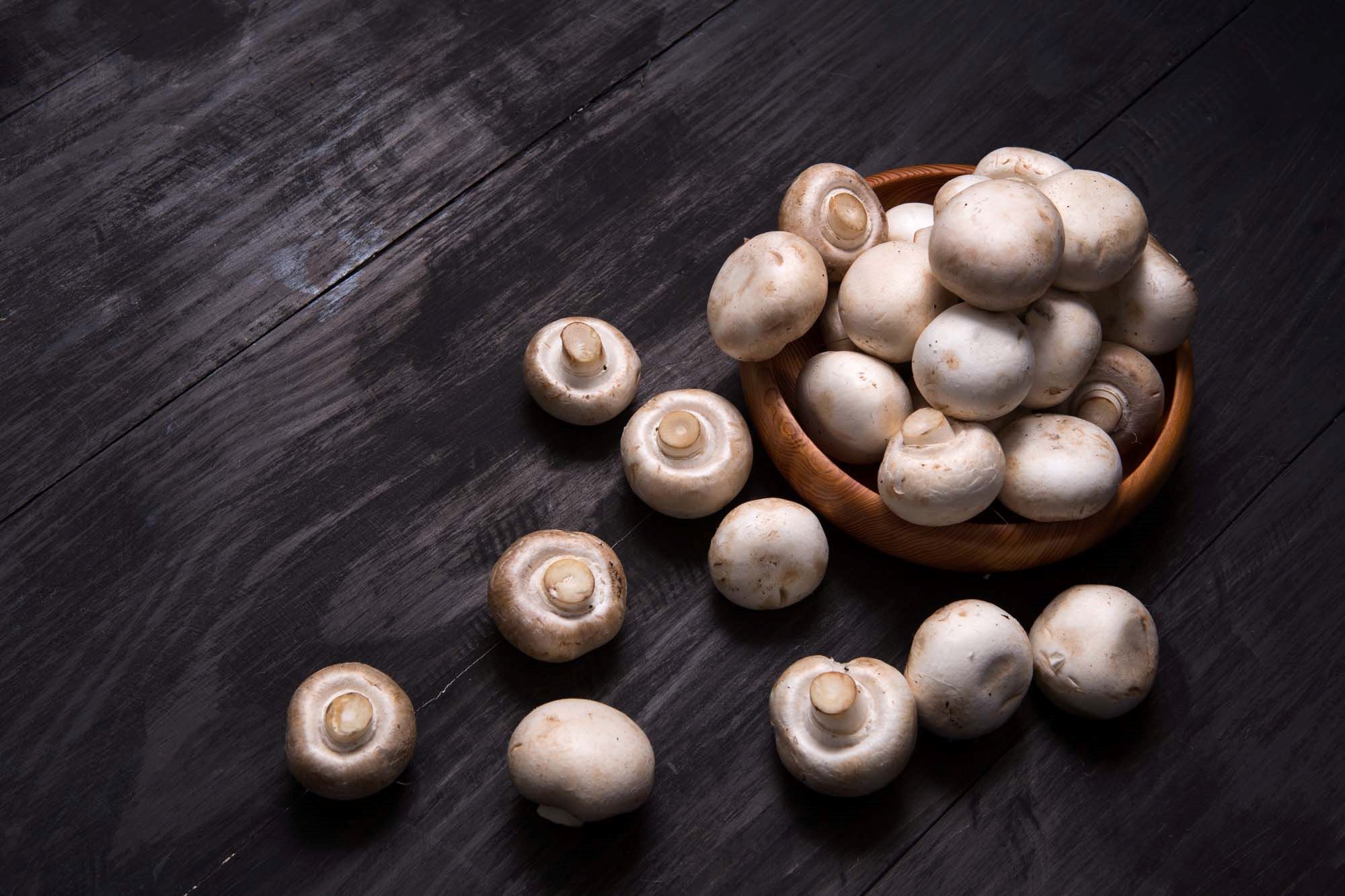
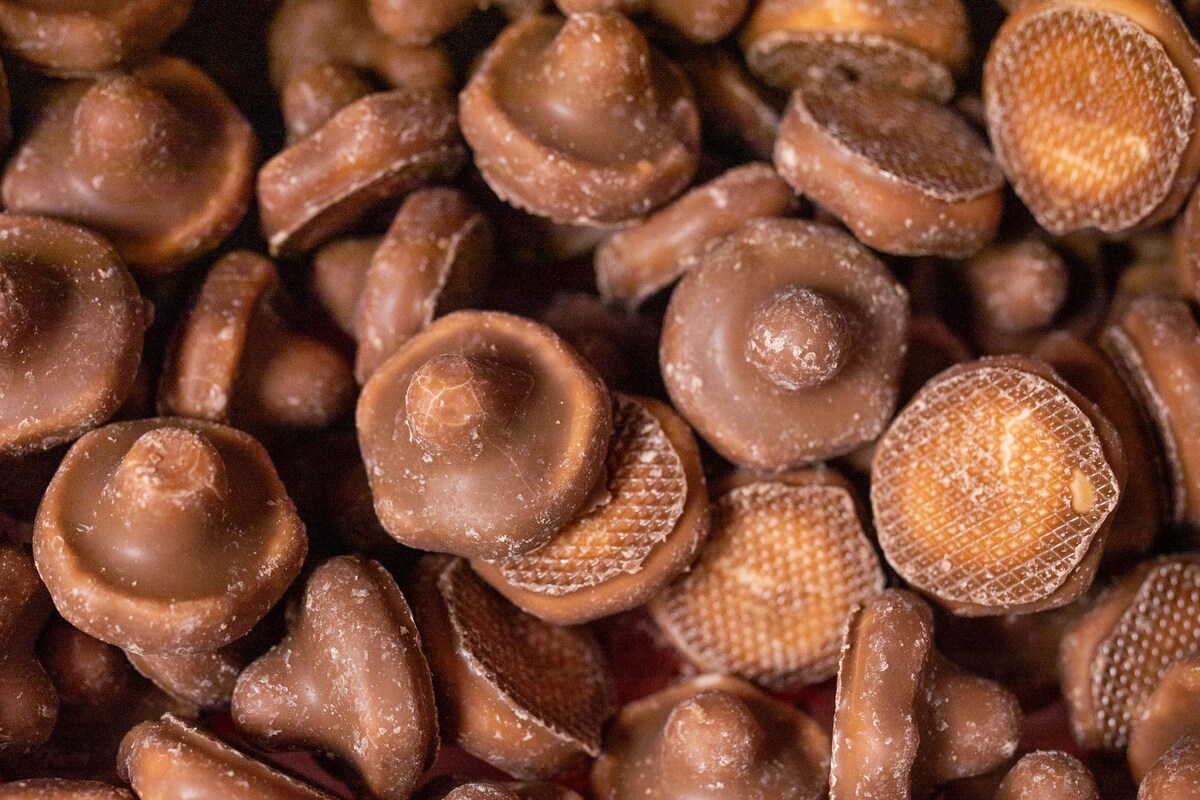
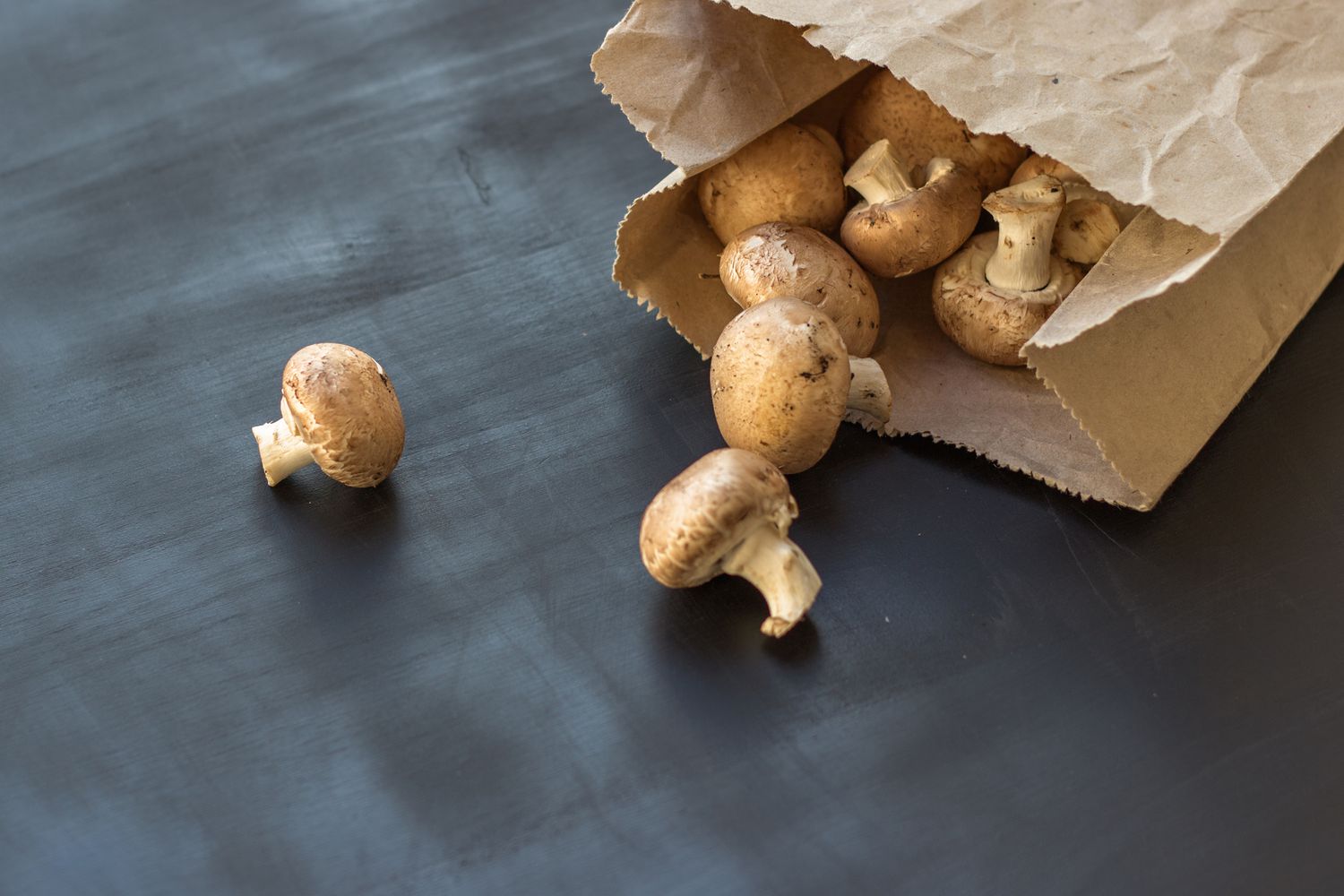

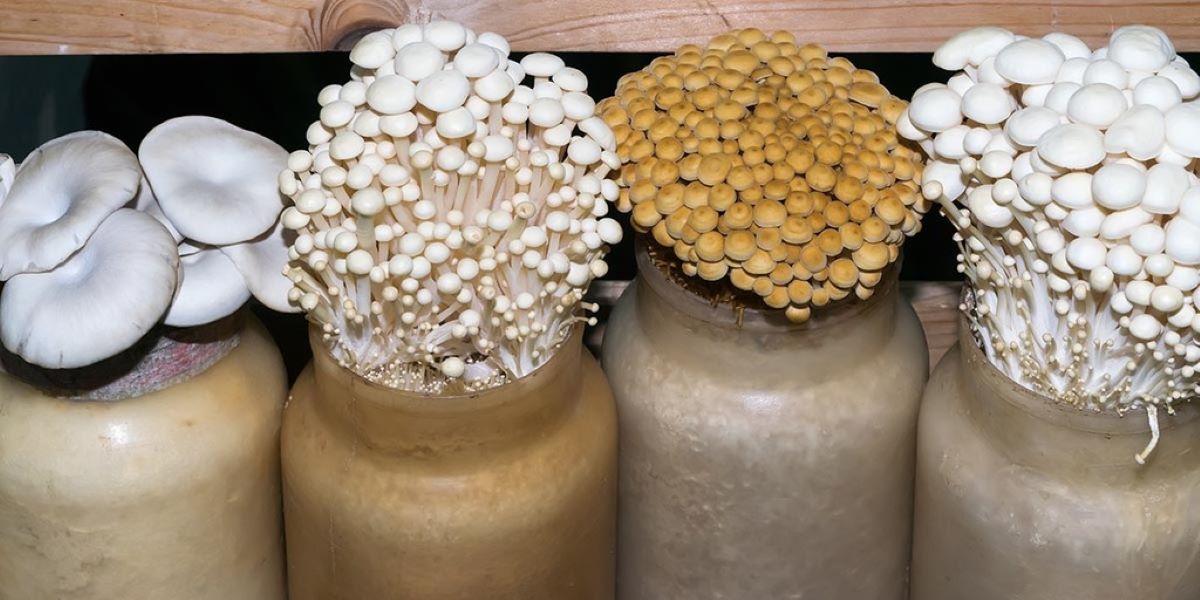
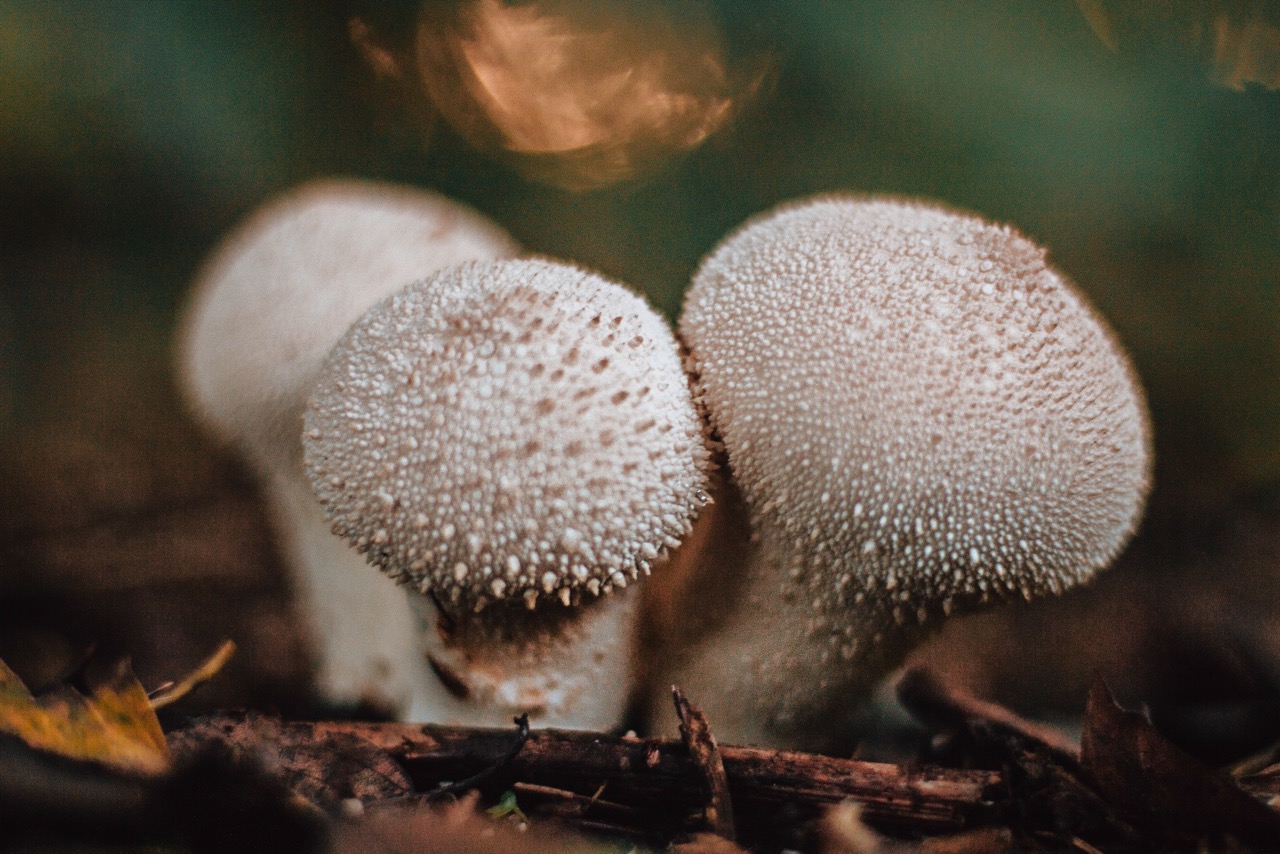
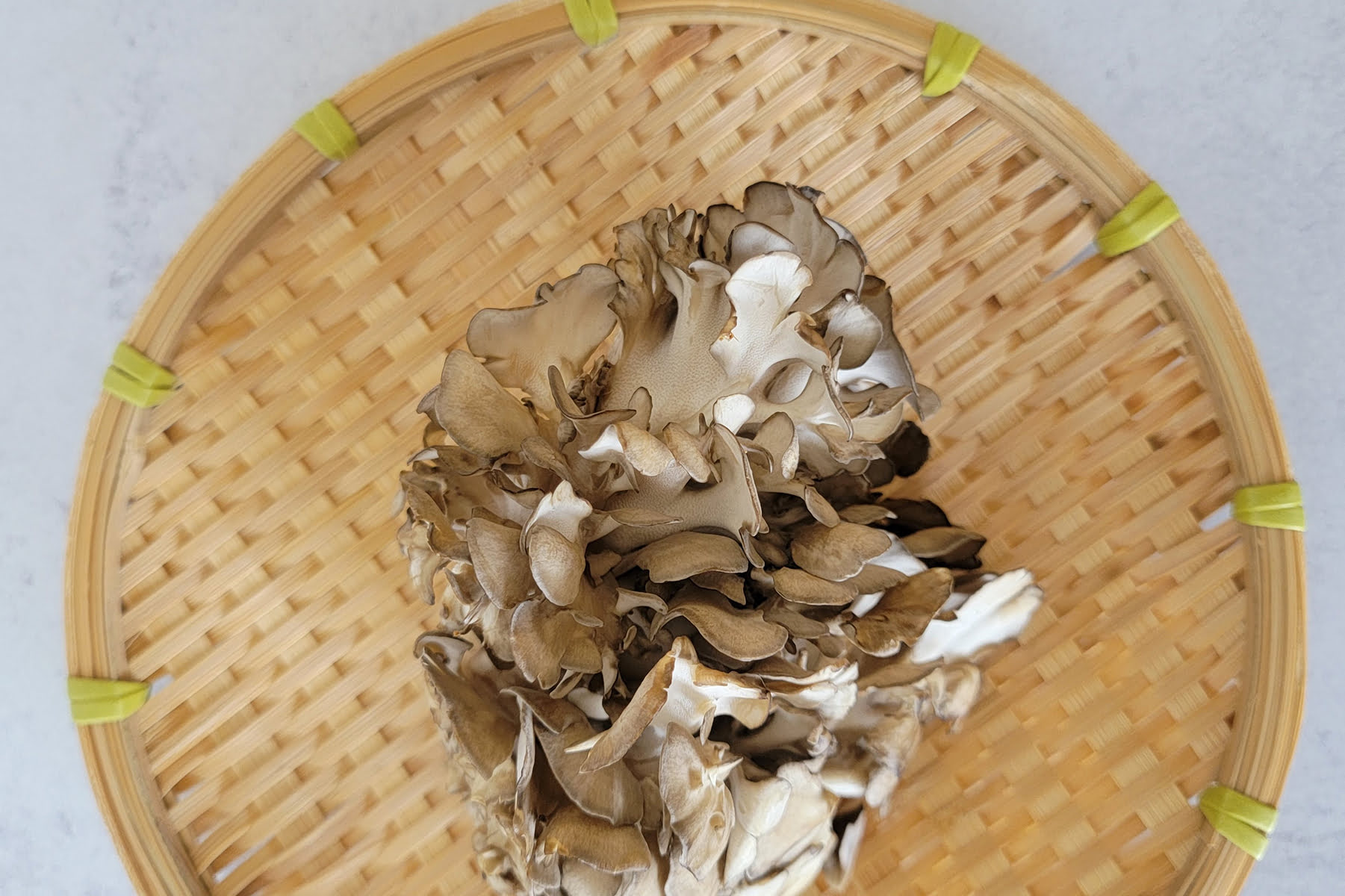
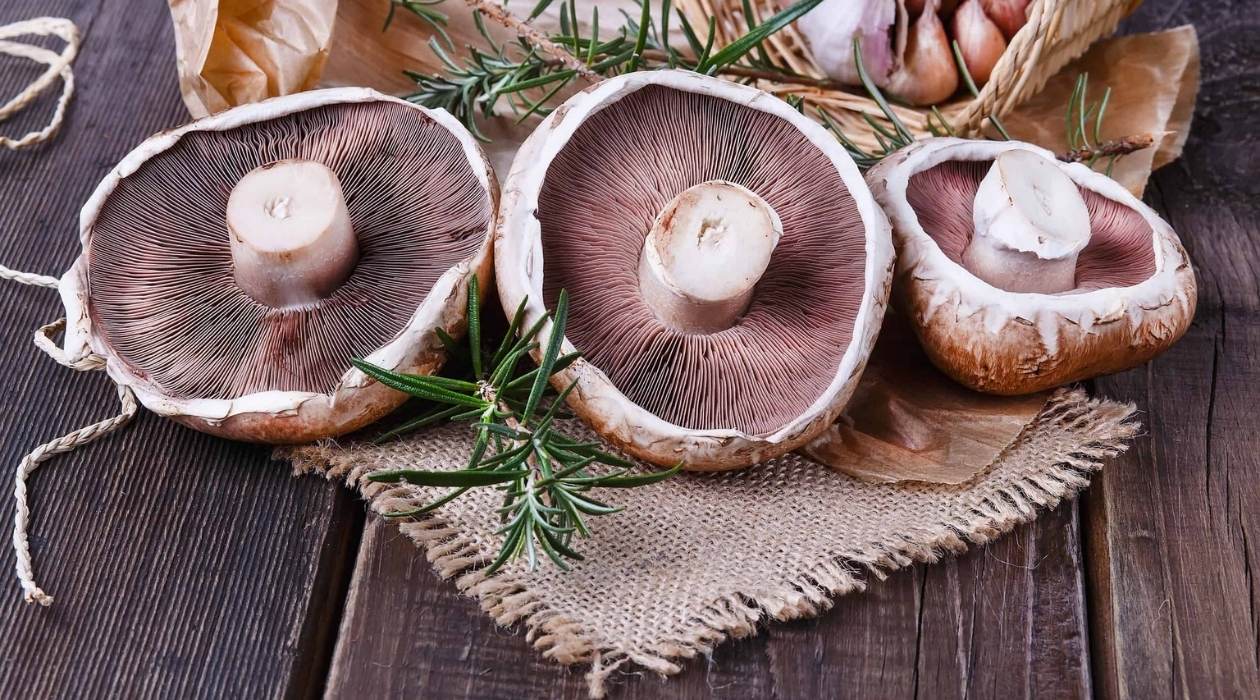
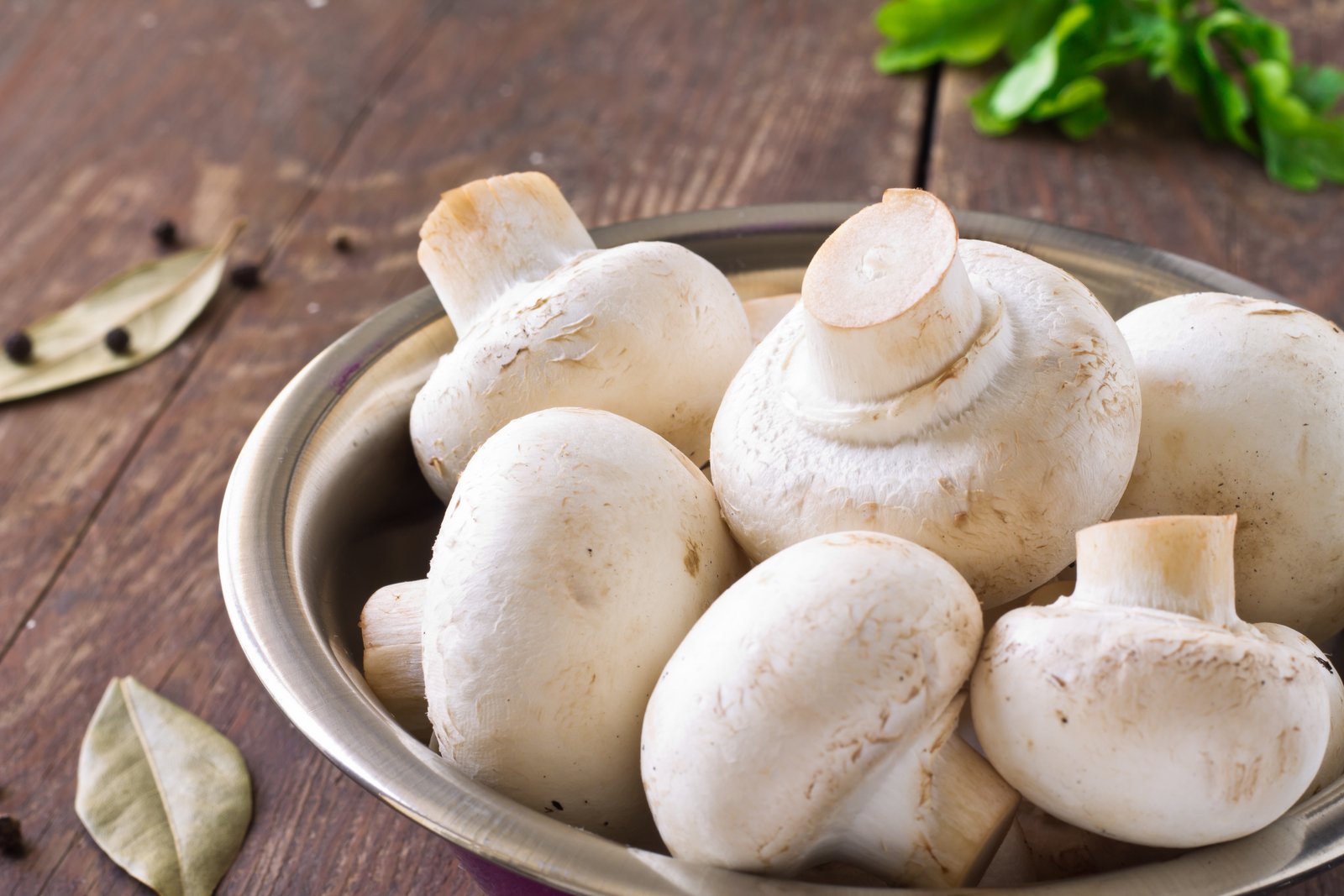
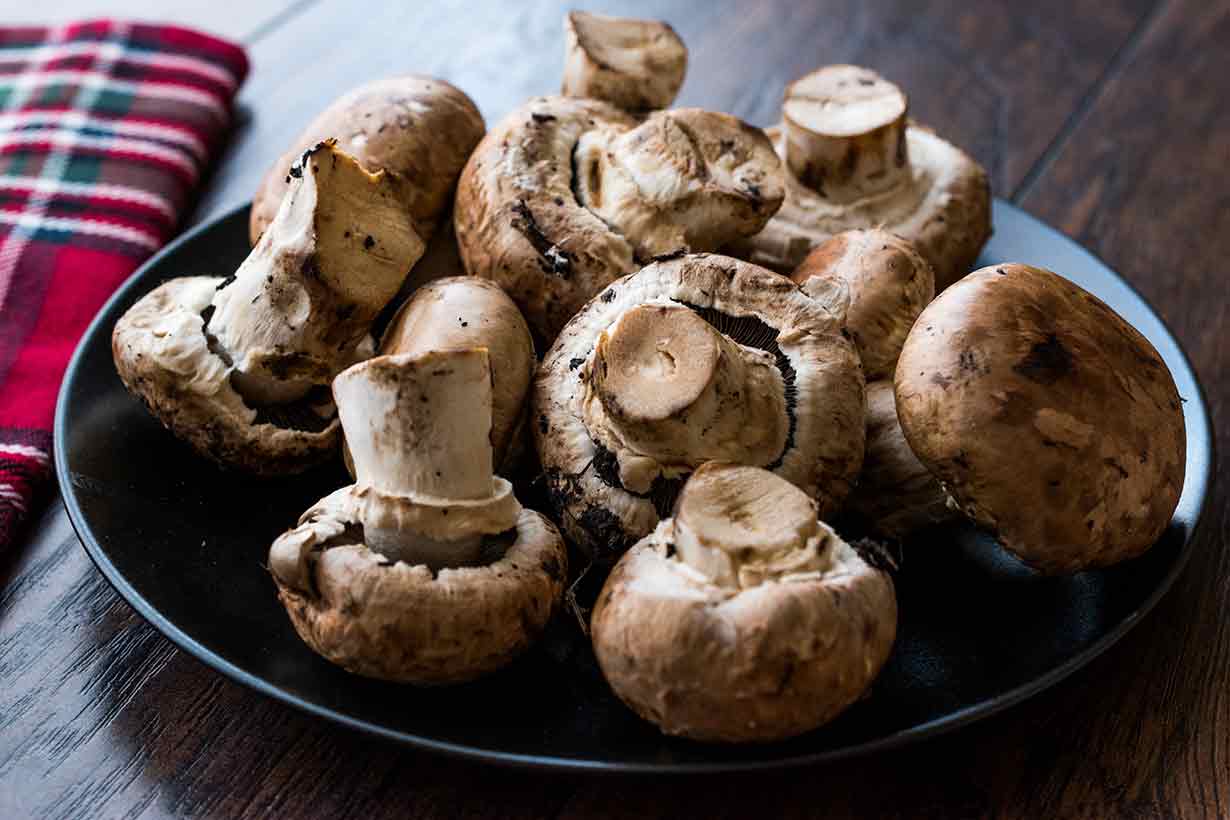
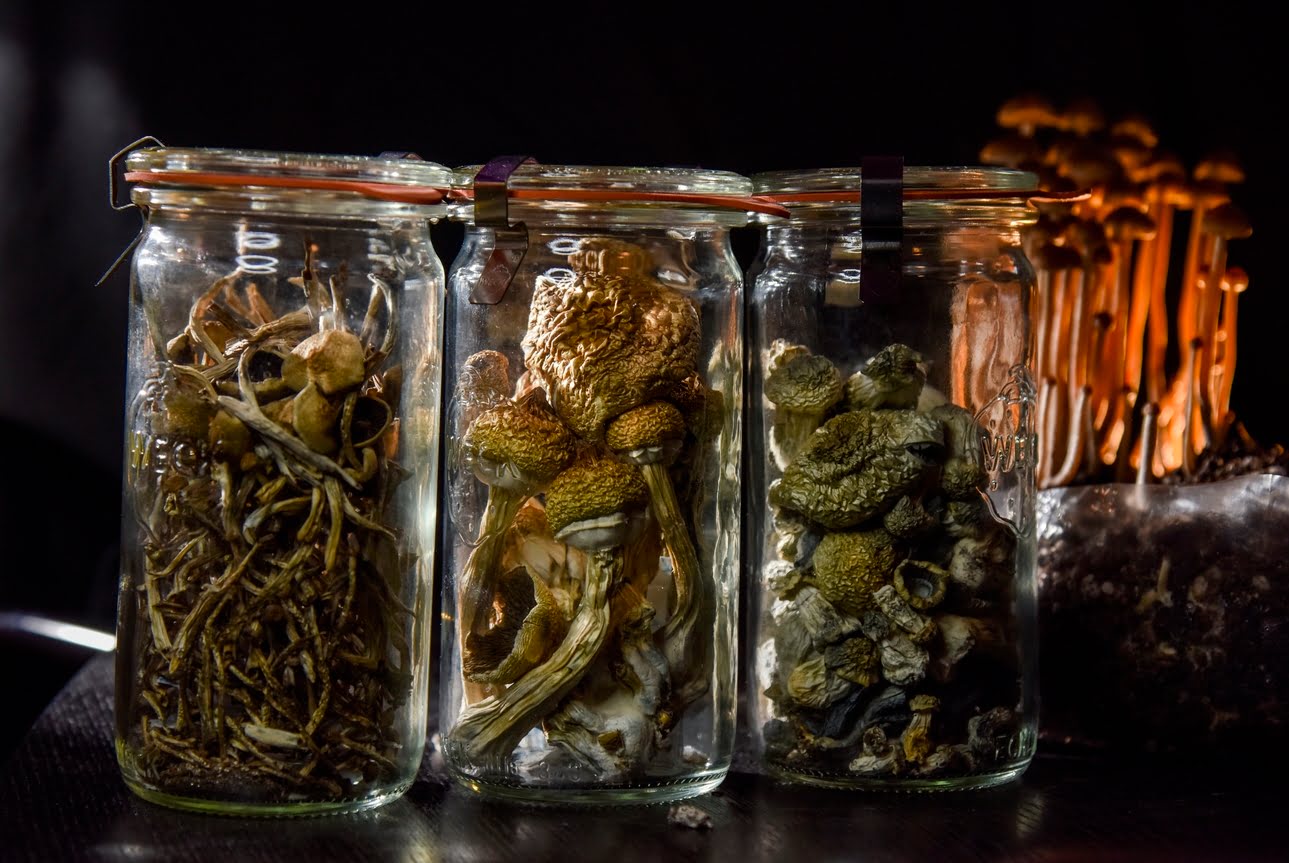
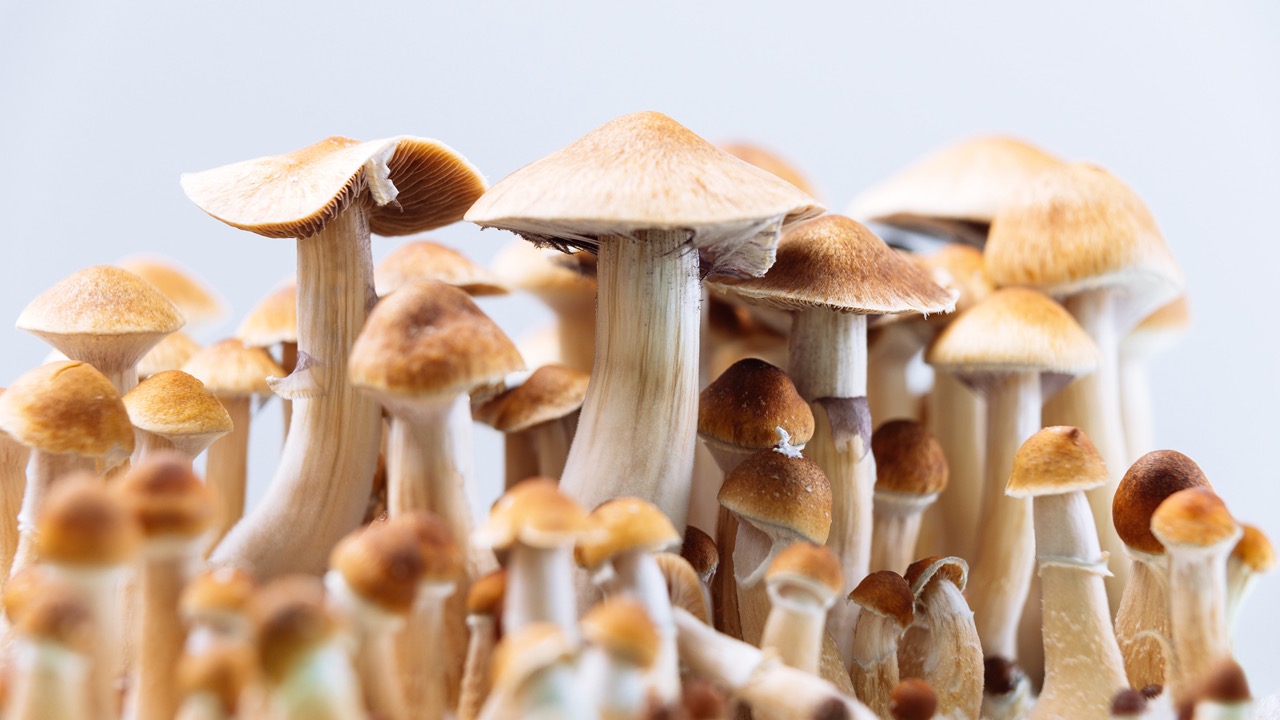

0 thoughts on “How To Store Mushrooms In Fridge”